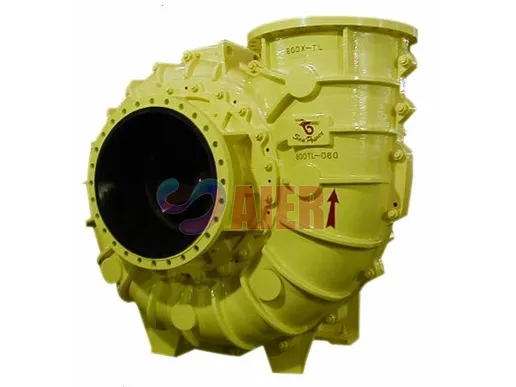ಸೆಪ್ಟೆಂ . 19, 2024 03:16 Back to list
rubber slurry pump liner
Understanding Rubber Slurry Pump Liners
Rubber slurry pump liners are critical components in applications where abrasive materials are transported through pumps. These liners play a pivotal role in extending the lifespan of slurry pumps while maintaining optimal performance in various industries, including mining, mineral processing, and wastewater management.
The primary function of a rubber slurry pump liner is to protect the pump's casing from the abrasive nature of the slurry, which often contains solid particles that can cause significant wear and tear. Traditional metal liners may effectively handle some applications, but they often wear out quickly in high-abrasion environments. Rubber, being inherently resilient and flexible, offers excellent wear resistance and can conform to varying operating conditions, making it an ideal choice for many slurry pumping tasks.
One of the primary advantages of rubber slurry pump liners is their ability to absorb impact and vibration. This is particularly beneficial in situations where pumps operate under high pressure and fluctuating flow rates. The rubber material mitigates the effects of these mechanical stresses, ultimately leading to less maintenance downtime and reduced replacement costs.
rubber slurry pump liner

Moreover, rubber slurry pump liners can be engineered to different hardness levels, depending on the specific needs of the application. Softer rubber liners may be used for slurries with a high concentration of fine particles, while harder options can be selected for coarser, more abrasive materials. This versatility allows operators to customize their pumping solutions effectively, enhancing efficiency and reducing operational risks.
In addition to their mechanical advantages, rubber liners also exhibit impressive resistance to chemicals and temperature variations. This characteristic is particularly relevant in industries where slurries may be corrosive or subjected to extreme temperatures. The longevity of rubber liners helps mitigate risks associated with pump failure, which can lead to costly disruptions in production.
Proper installation and regular maintenance of rubber slurry pump liners are essential to maximize their lifespan and performance. Operators should inspect liners for signs of wear and replace them when necessary to prevent excessive damage to the pump casing. Following manufacturer recommendations and guidelines during maintenance can also contribute significantly to the longevity of the pump system.
In conclusion, rubber slurry pump liners offer a robust solution for handling abrasive slurries in various industrial applications. Their benefits, including wear resistance, impact absorption, and chemical durability, make them an ideal choice for extending the service life of slurry pumps. As industries continue to seek efficient and reliable pumping solutions, rubber slurry pump liners will undoubtedly play a key role in advancing fluid transport technologies.
-
Heavy Duty Vertical Froth Pumps High Efficiency & Durability
NewsMay.24,2025
-
High-Quality Rubber Lined Slurry Pump Spare Parts China Suppliers & Manufacturers
NewsMay.24,2025
-
China Warman Slurry Pump Spares - OEM Parts & Custom Solutions
NewsMay.23,2025
-
China Slurry Pump Group Durable Vertical Sump Pumps & Rubber-Lined Solutions
NewsMay.23,2025
-
High-Quality 6-Inch Submersible Slurry Pumps Trusted Suppliers
NewsMay.23,2025
-
High-Quality Sand Suction Dredge Pump Factories Durable & Efficient
NewsMay.22,2025
